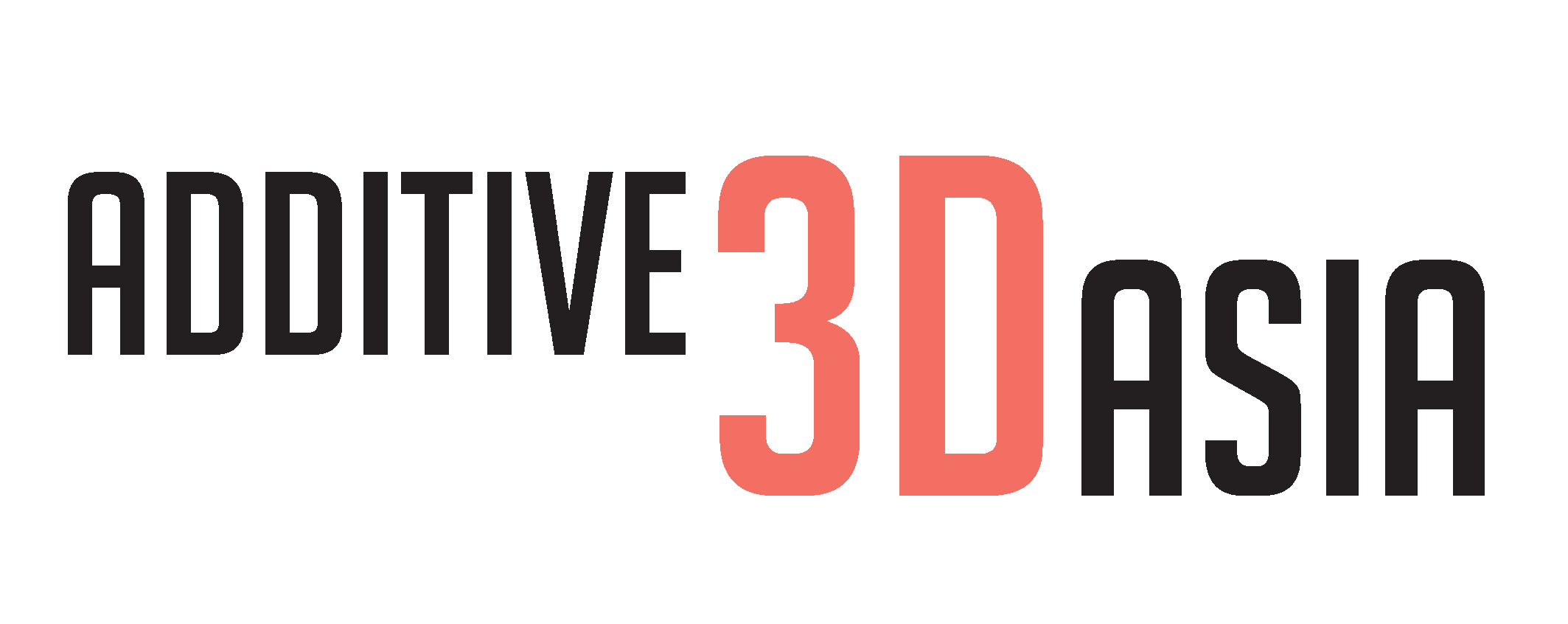3D Printing Reimagined with Silicone Mould: What Industries Can Expect
As the use of industrial 3D printing services expands across numerous sectors in Singapore, many mainstream manufacturing environments are reaping the benefits. However, the process of 3D printing is undoubtedly complex, with an array of additive manufacturing technologies and materials producing objects with various levels of complexity.
With virtually every industry using silicone in one way or another, ranging from food production and automotive engineering to consumer goods and medical-grade parts, the ability to create silicone-based 3D printed parts is one of the most exciting recent developments in the sector. As 3D printed silicone features the same viscoelasticity as traditional methods, it can be used with objects that need robust strength and those where flexibility is the primary concern.
Here, we explore how the combination of 3D printing and silicone has the potential to reimagine manufacturing in a wide range of sectors. If you’re thinking about embarking on a low-volume manufacturing project in Singapore, chat to the experts at Additive3D Asia.
But First, What is Silicone 3D Printing?
Developed by leading German chemical manufacturing giant Wacker Chemie AG, ACEO® is an innovative 3D printing technology that creates lightweight silicone elastomer parts. This is widely considered to be a major development in the industry, with 3D printed silicone offering the same qualities as the liquid silicone rubbers created by injection moulding. Before the creation of ACEO®, producing silicone parts can be an expensive and inefficient process that was especially inadequate for prototyping and low-volume manufacturing.
How does it Work?
Based on a drop-on-demand technology, ACEO® 3D printing works by depositing single silicone voxels on a building platform. As these materials set in a homogeneous surface, each layer is cured through the use of UV light. With the object being produced layer-by-layer, ACEO® uses support materials to ensure overhangs, cavities and intricate structures can be swiftly produced in great detail.
Once the printing process is concluded, the support material is washed away with water and the object is ready for the post-cure process. As ACEO® can be used without the need for tools and moulds, it’s possible to produce incredibly complex objects that are suitable for a range of industrial and commercial purposes.
5 Benefits of Real Silicone 3D Printing
For those who keep up to date with the latest technologies, it’s no surprise that 3D printing services in Singapore have been quickly taken up by a range of forward-thinking industries. With this exciting technology giving rise to a host of groundbreaking products in the aerospace, electronics and robotic sectors, among many others, the growing popularity of silicone elastomer 3D printing has the potential to unlock even more benefits. Consider these five advantages that could dramatically improve both regular and low-volume manufacturing:
- Allows for high material deformations, plus no plastic deformation
- Capable of resisting dynamic loads
- Low compression set for impressive durability
- Stable over a wide temperature range from -55°C to 200°C
- Suitable for medical products due to biocompatibility

This 3D printed soft robotic hand is just an example of the many applications of silicone 3D printing technology. Made with ACEO® 3D-printed silicone, this lightweight soft robotic glove offers greater functionality to assist stroke patients with rehabilitation – helping occupational therapists work faster and more efficiently than ever before.
Silicone 3D printing also makes it possible to personalise the glove according to different patients’ needs and adjust to fit their fingers as well as the size of their palm. Combined with the speed of production, this on-demand support device can now come promptly to better facilitate hand function recovery through silicone 3D printing.
Explore Your Next Breakthrough with Additive3D Asia
With 3D printed silicone offering a wealth of exciting possibilities across numerous industries, adding this product to your workflow could bring about dramatic improvements.
Ready to start silicone 3D printing? Our talented team at Additive3D Asia has got you covered. Alongside our strategic partnership with ACEO®, we’re one of the top additive manufacturing operations in Singapore. Get in touch with us for more information.

